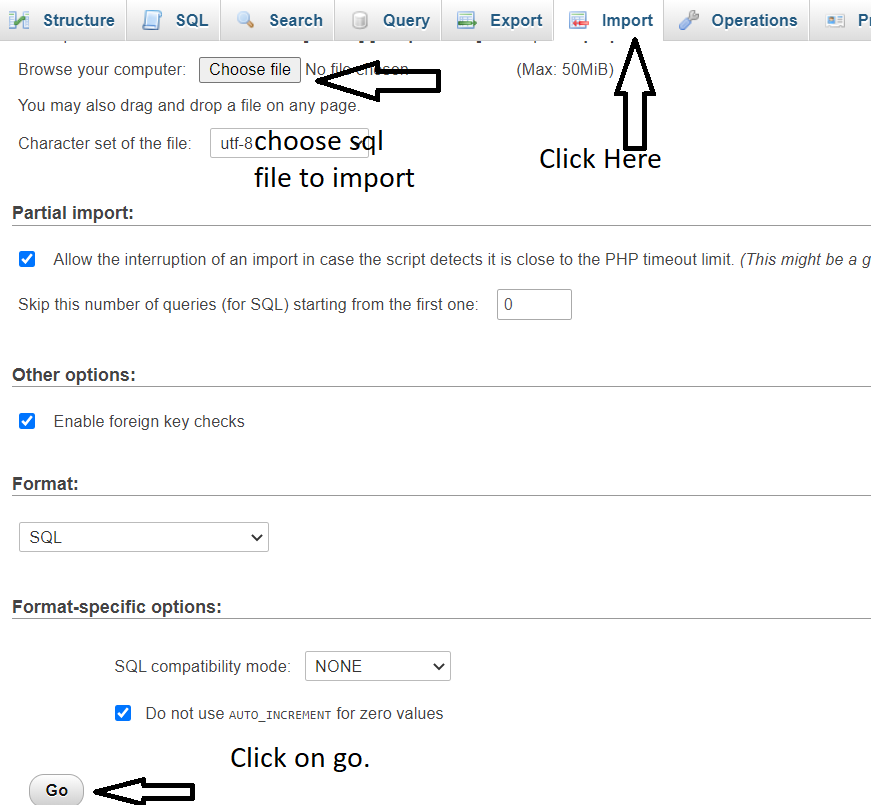

- #Php get file path of current file install
- #Php get file path of current file full
- #Php get file path of current file code
If dealing with the scalability, security, and maintenance challenges of hosting your own file upload infrastructure seems too daunting, let Filestack handle it. The resulting path might significantly differs from the input even when absolute path is given. It does not work on a path as a string, but also resolves symlinks. You can then upload the file to the directory where you want to place the.
#Php get file path of current file code
Copy the code and paste it into a file called fullpath.php.
#Php get file path of current file full
Below is a small PHP script that prints the full path to the directory it is placed in. Now that you know how implement PHP file uploads two ways, you can easily add this feature to your website or application. realpath () is just a system/library call to actual realpath () function supported by OS. If you dont know the full path and PHP is installed on the server, you can get some help here. In addition, if you want to see more examples of how the file upload picker can be integrated into a form check out these links: Test if a file upload is “safe for work”.Using the Filestack PHP SDK allows you to perform a variety of tasks on your uploaded files. When this script is run, the result of the safe-for-work check will be saved in the $json_result variable. The file path of the file that we want to move. Using PHP, we are going to move sample-file.txt from directorya to directoryb. $json_result = $filelink->getSafeForWork() In directorya, we have a text file called sample-file.txt. $filelink = new Filelink($file_handle, YOUR_API_KEY, $security) The realpath() function gives you a canonicalized absolute path Kind of useful, but still based on the current working directory. Create a new file called fileUploadFilestack.php and add the following (making sure to change the YOUR_API_KEY, YOUR_SECURITY_SECRET, and YOUR_FILE_HANDLE variables): getTags($file_handle)

Now that we have the Filestack library, let’s make a new PHP script to check if a specific uploaded file is safe for work.
#Php get file path of current file install
Then run require -prefer-dist filestack/filestack-php to install the Filestack SDK. Then add this code: 4000000) echo PHP_EOL "Īfter you do the above, you should be able to see Composer’s output by running php composer.phar. Notice that this is the same name as the action attribute in the form. Then, in the same directory as index.html, create a file called fileUploadScript.php.

This will be where our script will save the files. First, in the same directory, create a new directory called uploads. Next, we’ll handle the backend of the file upload. Then, open your web browser and go to localhost:1234. Next, open your terminal and from the directory where you created the file, start the PHP server:


 0 kommentar(er)
0 kommentar(er)
